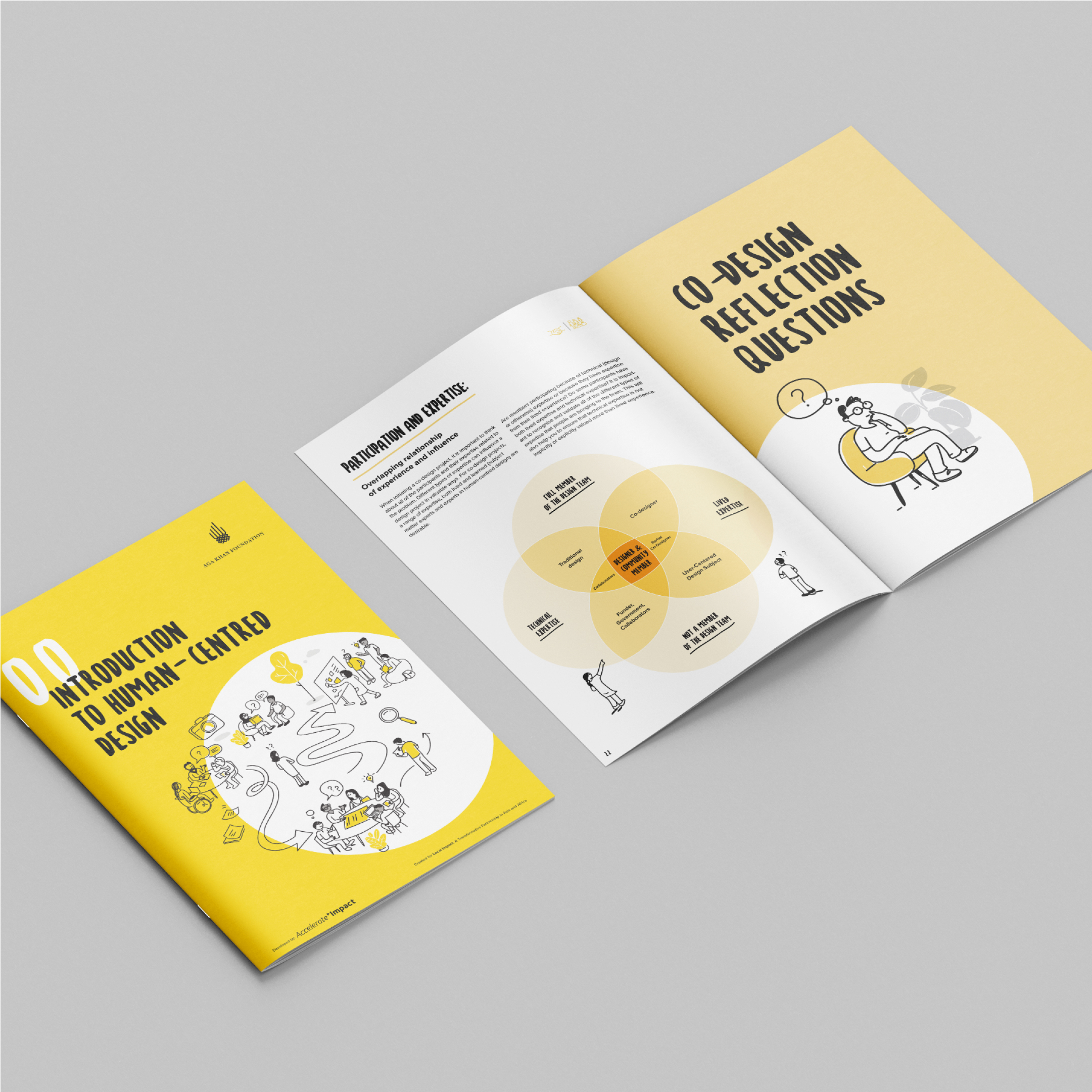
In pictures: What is a micro-forest?
Learn about these small but mighty climate solutions and why we are working with communities to plant them all over the world

Micro-forests are small, dense, biodiverse forests that grow fast in urban and rural areas alike. Through our GROW initiative, we are on a mission to plant thousands of micro-forests with communities around the world to boost biodiversity, support livelihoods, and build climate resilience.
The impacts of the climate crisis are multifaceted. From the degradation of ecosystems and loss of biodiversity to more frequent natural disasters and warming temperatures, the ecological challenges of this crisis are fuelling poverty and socioeconomic vulnerability, particularly for those who rely on the environment to make a living. We need climate solutions that can be managed by communities themselves, and which respond to both the environmental and socioeconomic challenges of our changing world.
Explore this photo essay to learn why we believe in the power of micro-forests as an emerging climate solution, reaping benefits for people and planet.
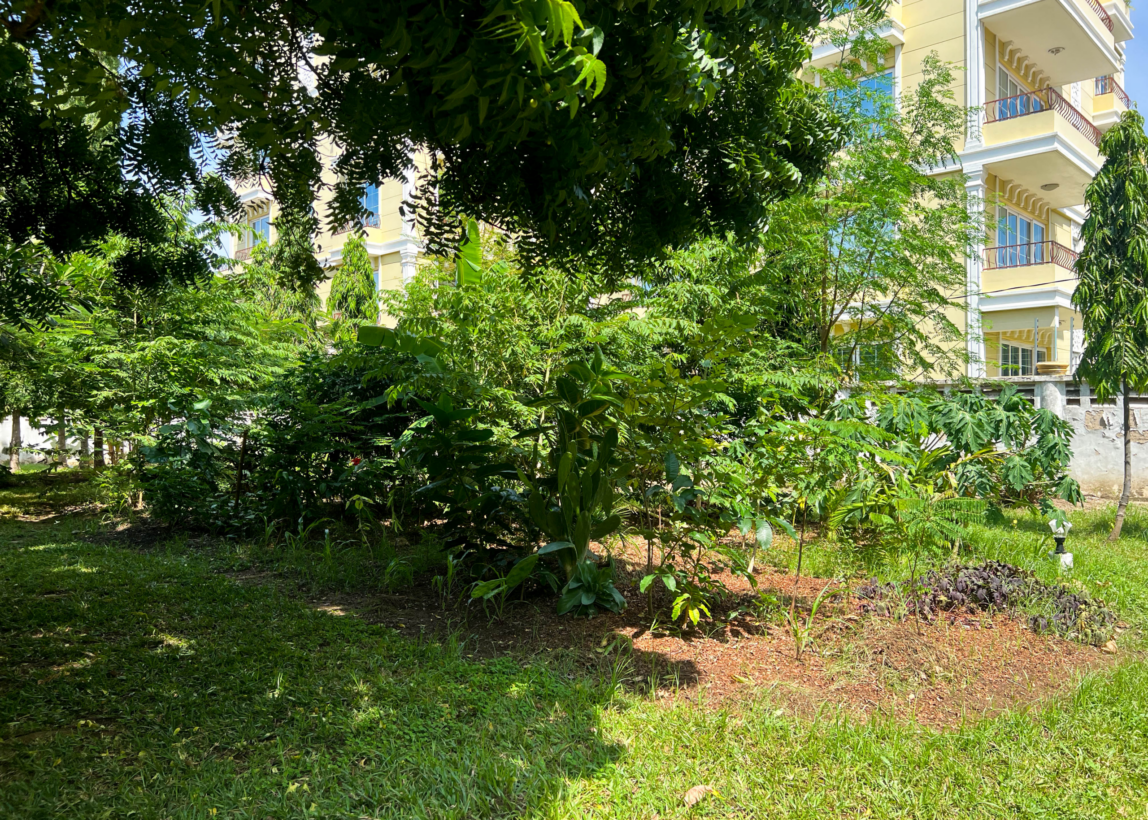
At the AKF office in Dar es Salaam, Tanzania | Photo: AKF / Kerensa Keevill
Micro-forests are just like regular forests but grow much more rapidly and occupy much smaller areas of land. In fact, micro-forests can be as small as 100 metres². We planted this micro-forest six months ago at our office in Dar es Salaam, Tanzania, in collaboration with Ismaili Civic volunteers and students from local Aga Khan Schools.



Indigenous plant species – or locally and culturally relevant species – are planted densely in a small area of land. Within just a few months, the micro-forest begins to take shape. Within this micro-forest in Dar es Salaam, you’ll find more than 25 species of plants including fig trees, banana trees, and hibiscus flowers. This is the minimum number of species for a micro-forest, but the limits are endless – some are home to more than 100 different types of plants!
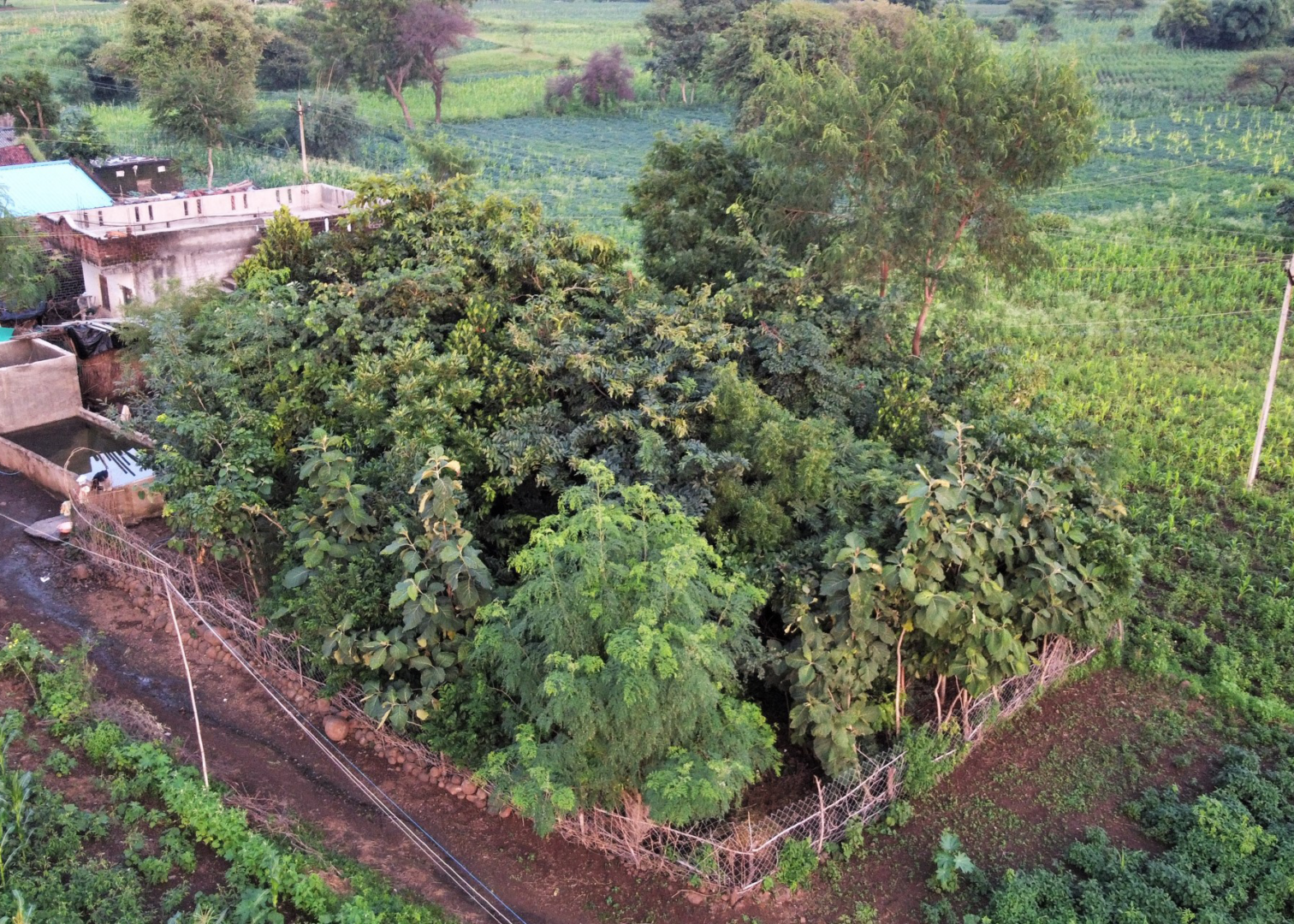
After one to two years, micro-forests reach their optimum height and density, functioning much like regular forests, which can take five, ten or even twenty years to grow fully. This micro-forest in Madhya Pradesh, India – planted by the Aga Khan Rural Support Programme – is four years old.

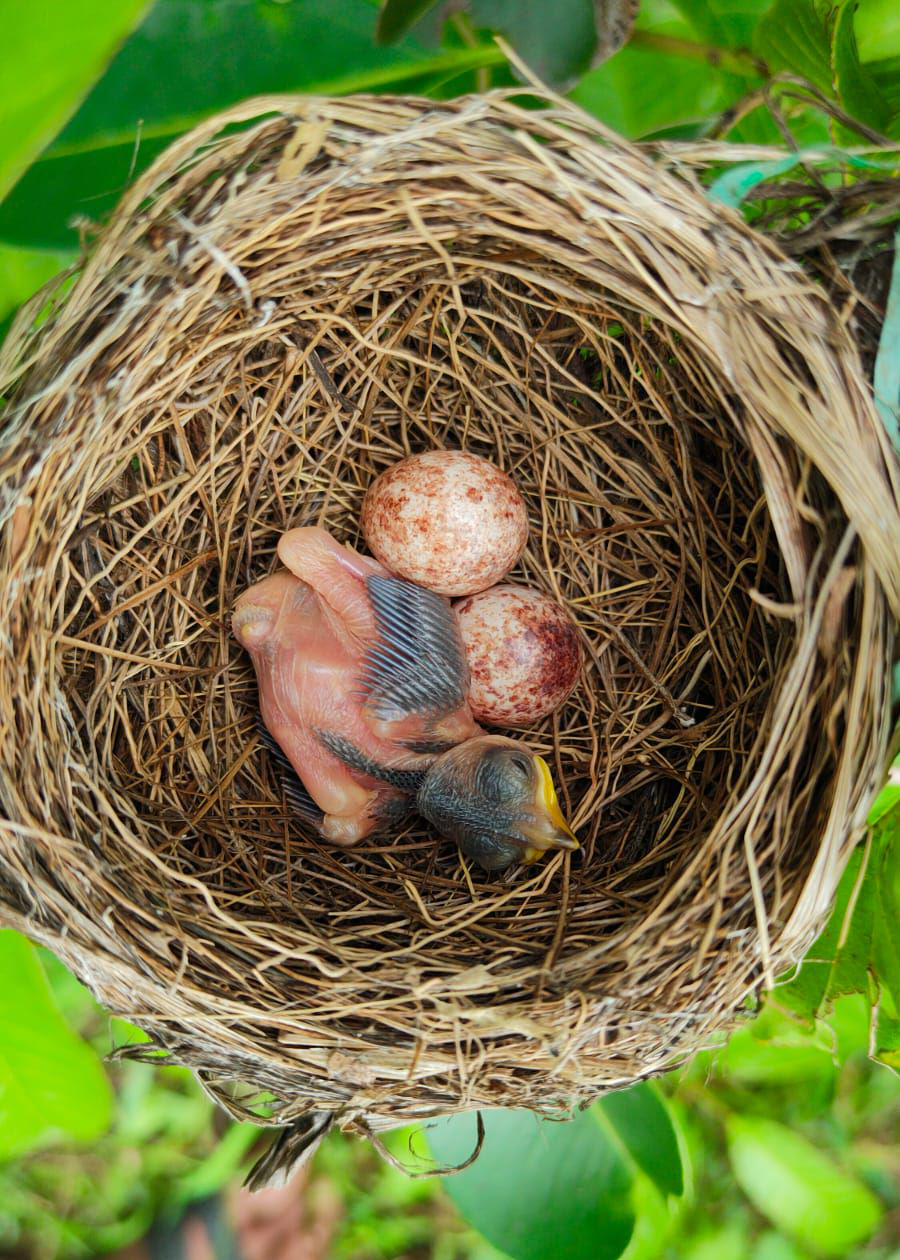
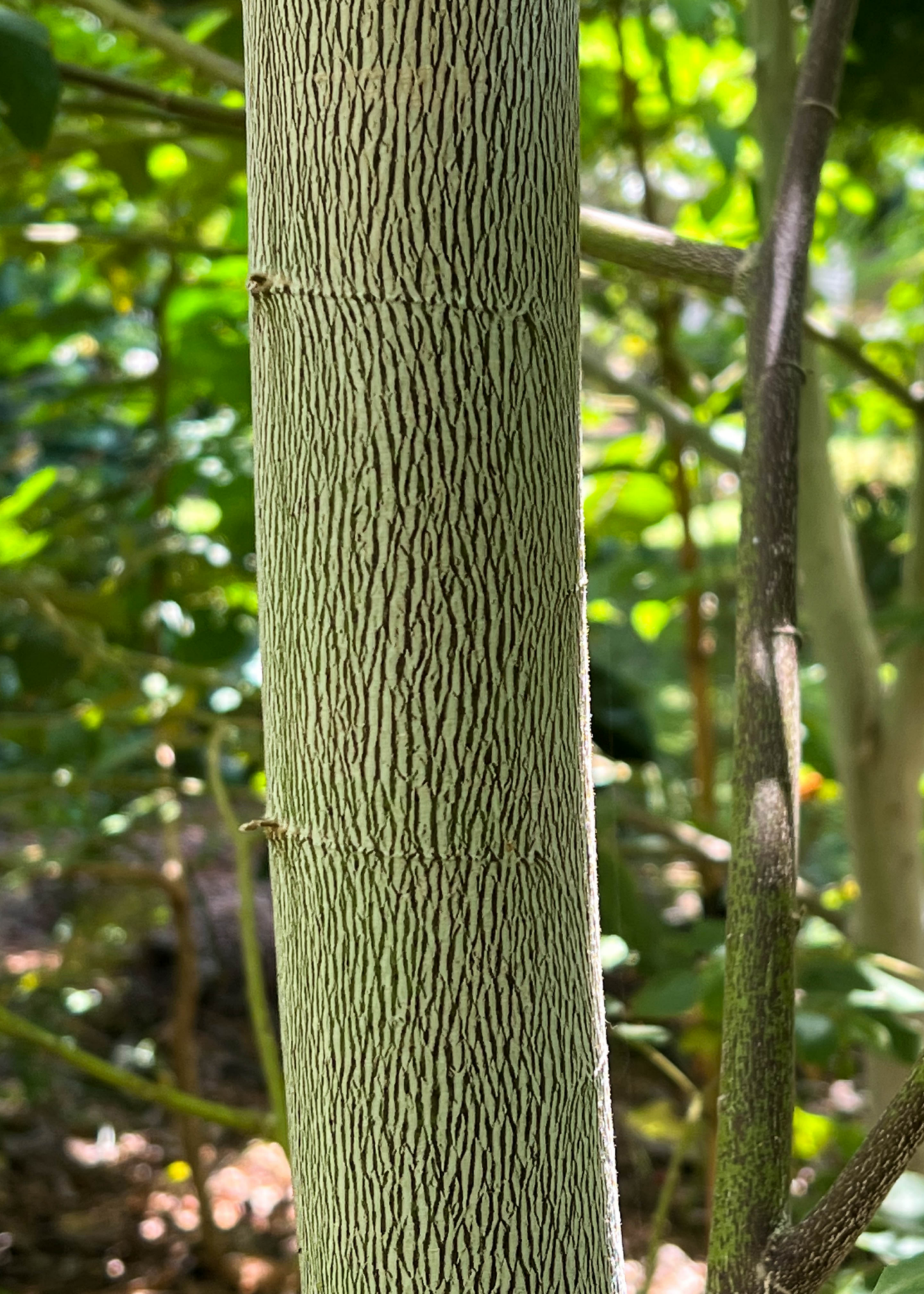
As a nature-based solution, the environmental benefits of micro-forests are vast; they revitalise ecosystems and stimulate biodiversity, from soil microorganisms and insects to large vertebrates like reptiles, amphibians, and birds. Micro-forests also regenerate natural resources including water and soil, and create micro-climates – if you spend time under a micro-forest’s canopy or in its close vicinity, you’ll feel the average temperature drop by seven to 10°C, and breathe in purified air.
[In India] we have seen honeybees coming back to farms, and butterflies and birds coming back to villages because of the micro-forests we’ve planted.Naveen Patidar, CEO of the Aga Khan Rural Support Programme, India
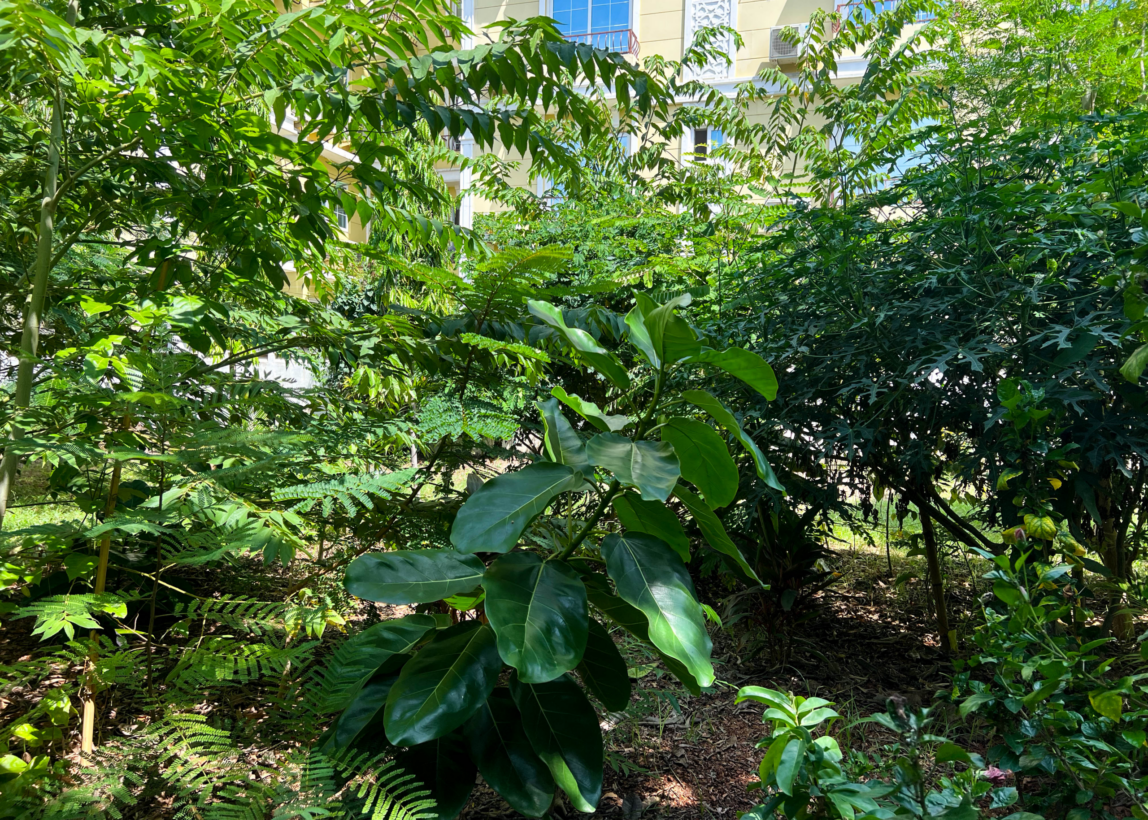
Micro-forests provide a cool, shaded canopy from Dar es Salaam’s hot midday sun | Photo: AKF / Kerensa Keevill
Crucially, micro-forests also act as carbon sinks, absorbing carbon dioxide (CO2) from the atmosphere which slows down global warming. Their rich density and biodiversity means that micro-forests do this five times more effectively than traditional reforestation efforts, which usually involve planting only one type of tree. A micro-forest can sequester anywhere between one to two kilograms of CO2 per square meter per year, representing 10,000 to 20,000kg of CO2 per hectare per year.
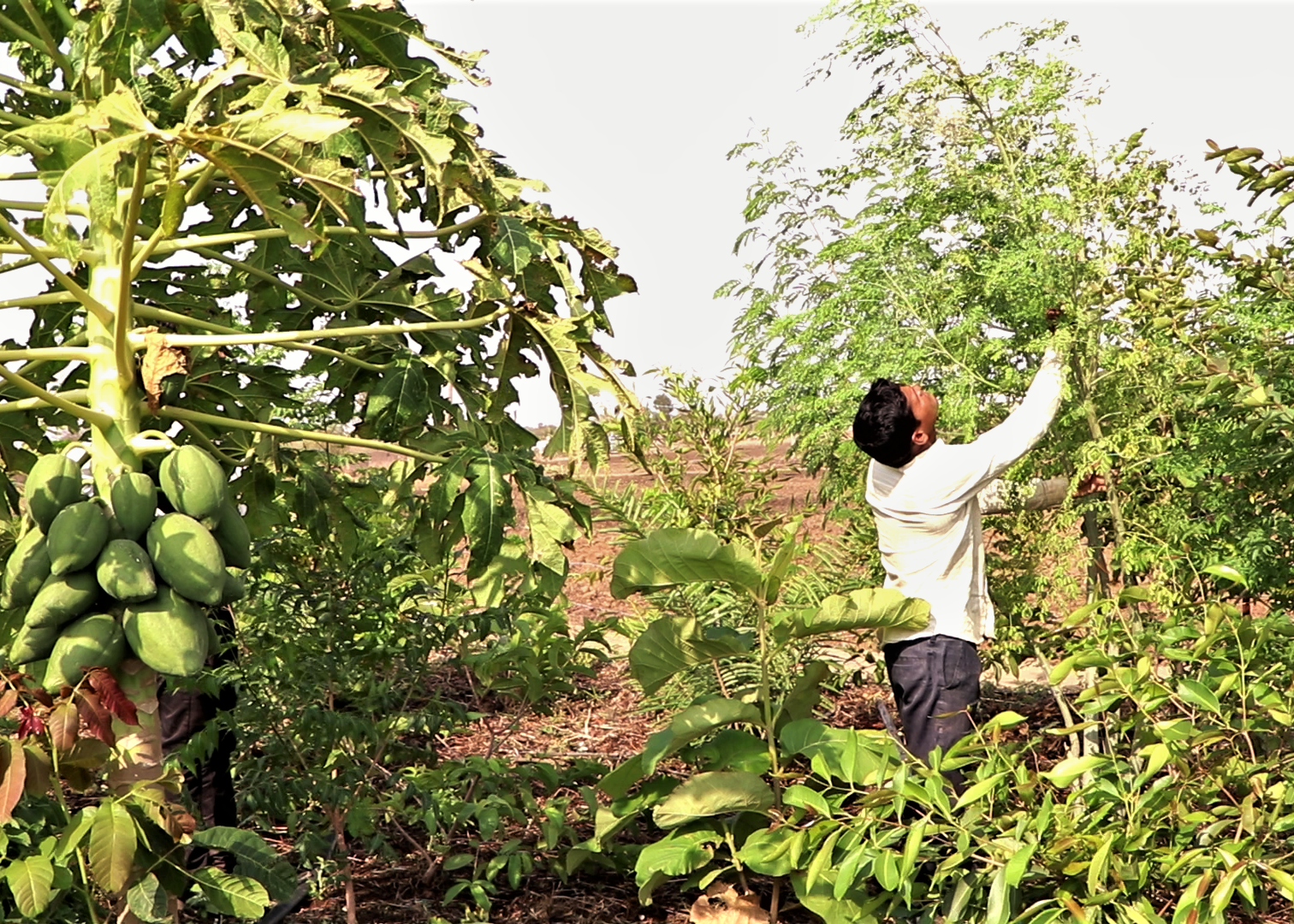
For communities, micro-forests provide food, medicine, fodder, timber, and natural dyes, at the same time improving livelihoods and boosting local economies. In this one-year-old micro-forest in India, local communities are harvesting papaya to eat and sell.


Over the last few years, AKF has been working with communities across the world to plant these small but mighty forests in both urban and rural settings, from Tanzania to Tajikistan. In Tajikistan, this micro-forest planted by local communities living in the remote and mountainous Rasht Valley, lies 1,800 metres above sea level.
In Afghanistan’s dry mountain climate, droughts have been increasing in intensity year on year as a result of climate change, exacerbating existing socioeconomic insecurity. In this challenging context, we’re partnering with communities – and particularly women – to plant micro-forests. Worldwide, women are being disproportionately affected by the climate crisis, so it’s critical that they are involved in the ways to tackle it.
We need to support women with limited natural and financial assets, to grow micro-forests. That is where the power of micro-forests comes in; they can target gender inequality as well as environmental breakdown.Humaira Daniel – Climate Change Science Specialist, AKF

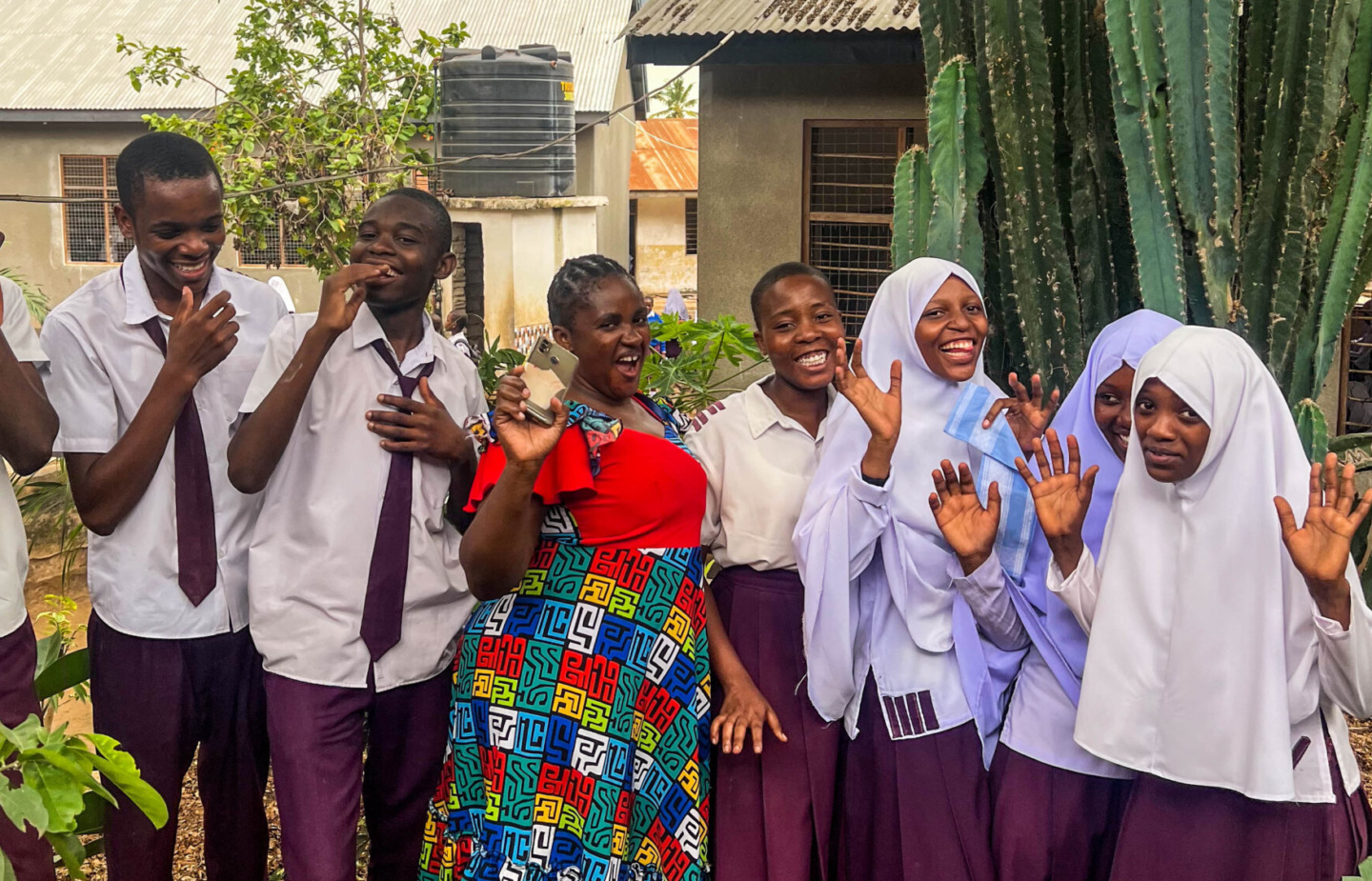
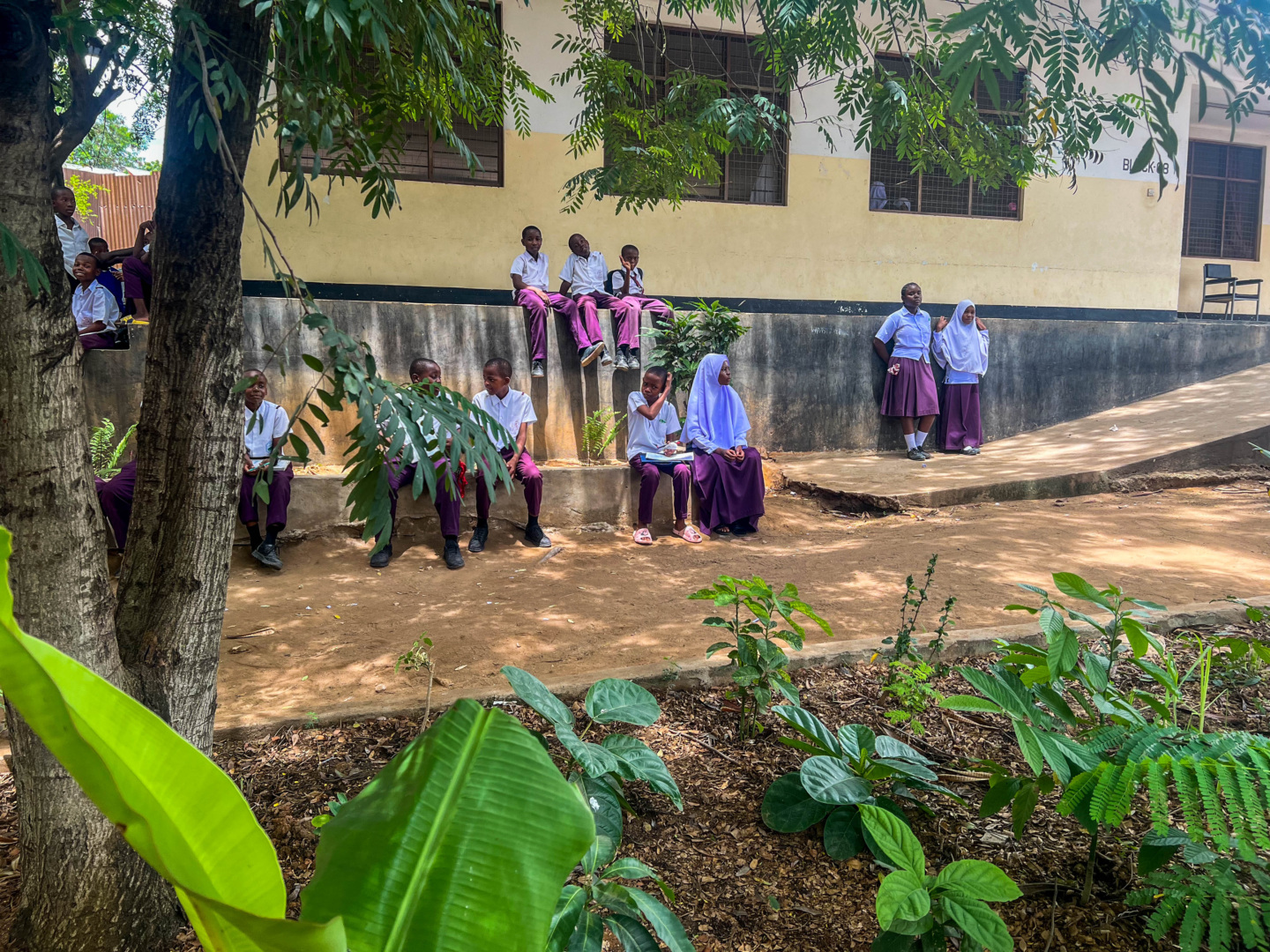
At Nzasa Secondary School in Dar es Salaam, Tanzania, teacher Madam Lusajo Chanya has been teaching biology and geography lessons in the one-year-old micro-forest planted in the school grounds with AKF’s support. This is just one of nearly 400 micro-forests we’ve planted across eight countries using more than 120,000 plants, responding to the climate crisis in collaboration with the communities who are most affected by it.
Go to The Learning Hub to learn how to plant your own micro-forest in 10 simple steps and watch our webinar about the power of micro-forests.

Related News & Stories


BBC StoryWorks produces new film for AKF, exploring women-led mangrove restoration in Mozambique

5 ways AKF is restoring land, combatting desertification, and building drought resilience across mountains, plains and coasts

Prince’s Trust Awards: E-rickshaw driver Arti receives the Amal Clooney Women’s Empowerment Award
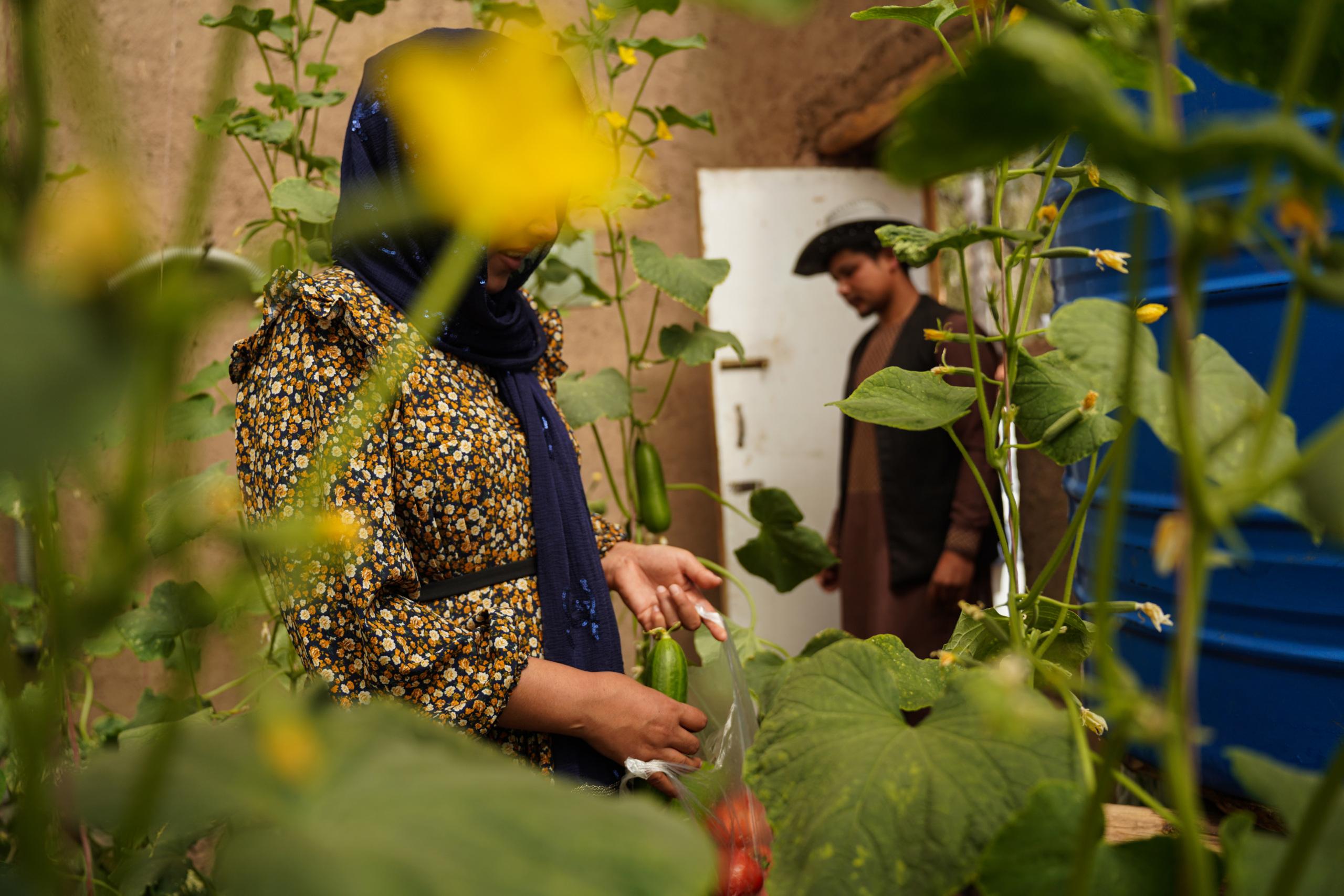
This forestry project in Afghanistan is pushing women to the forefront of climate action

Aga Khan Foundation Australia inaugural Gala: Celebrating a new chapter Down Under

Support our work Your donations are helping us build a future where we all thrive together.